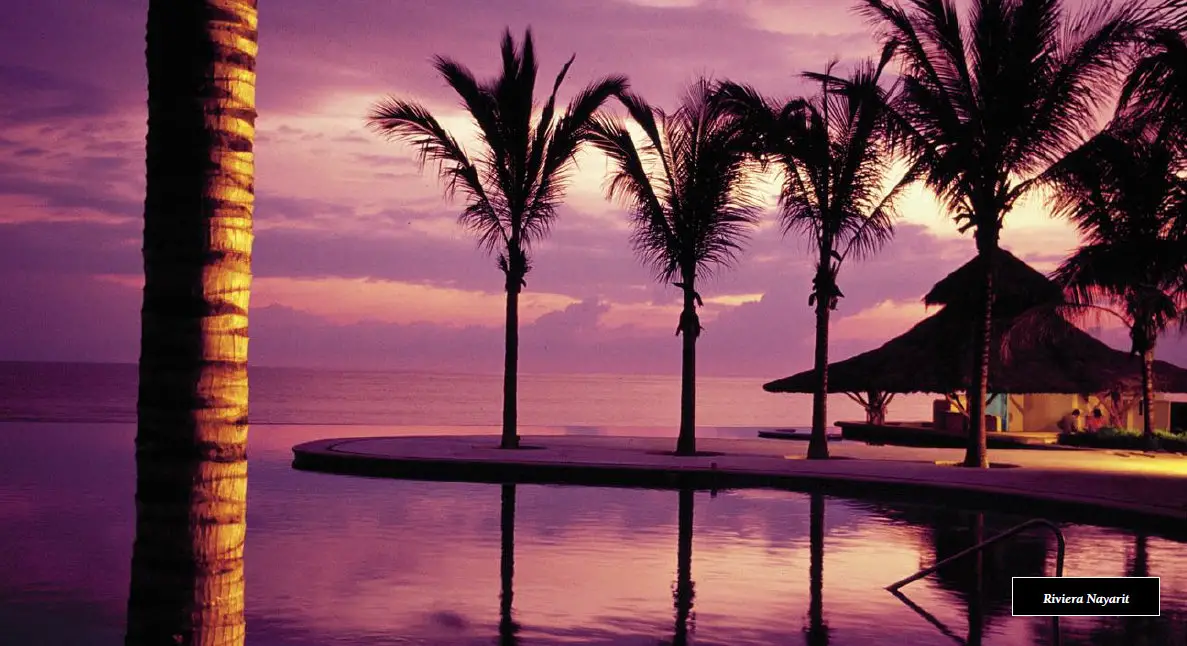
Riviera Nayarit
Nayarit: a magical natural and cultural destination.
By: Anthropologist Raúl Andrés Méndez Lugo
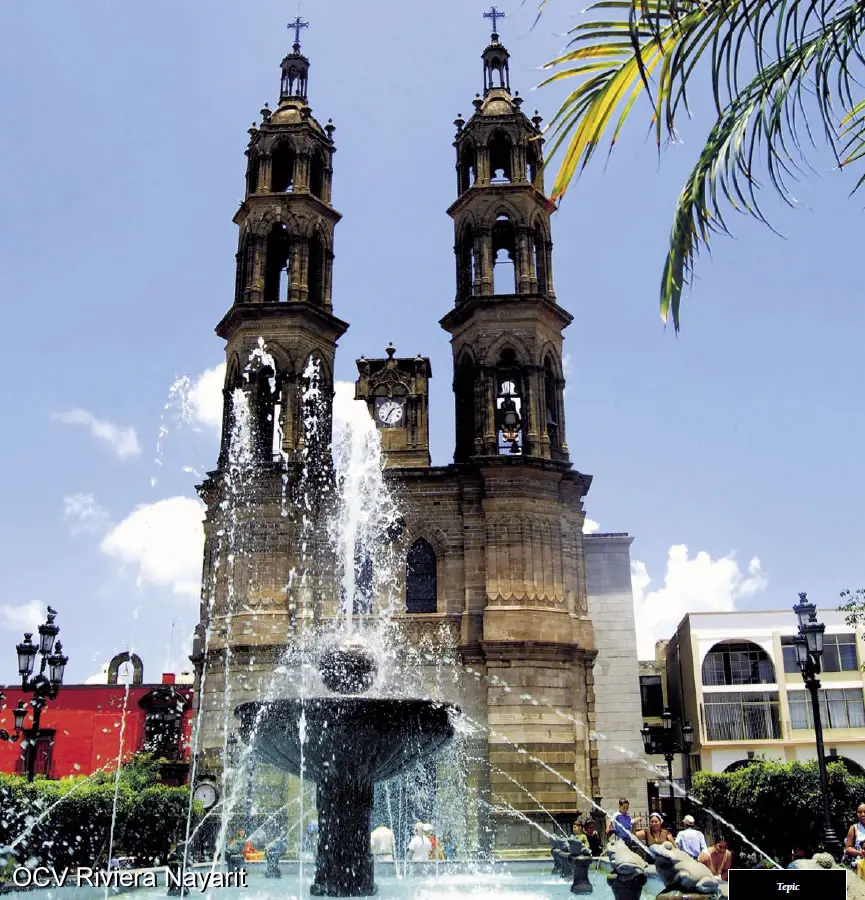
Tepic Nayarit
Nowadays the state of Nayarit is one of the best alternatives for a holistic experience of both the biodiversity and the different cultural heritage expressions of its local people from pre-Hispanic times up to the present.
I am convinced that this knowledge can become the greatest pleasure a human being can experience when he begins to value the greatness and depth of our legacy.
The small territory Nayarit has the fortune of having at its disposal includes the most beautiful landscapes: those of the Western Sierra Madre Mountain range and those of the high plateau, valleys, and mesetas.
But if we want to speak about something exceptional, then Nayarit’s greatest treasure is its 320 kilometers (200 miles) of coastline, bringing together nature and culture, just like poetry that makes our hearts vibrate and helps us feel at peace.
The capital of Nayarit, Tepic, was founded in 1532 by Nuño Beltrán de Guzmán as the old capital of the Kingdom of New Galicia and was the gateway before traveling through forests, jungles, valleys and along the coast.
There you will be able to admire evidence from the past, such as the historical-architectural heritage we have inherited from the Nayaritas (inhabitants of Nayarit): the cathedral from 1804 in neo-gothic style as well as the Government Palace, which was the penitentiary when it was first built during the rule of Porfirio Díaz.
Anyway, travellers or visitors that come to Tepic are invited to enjoy all the historical center that, little by little, has been rescued from the grasp of time and decline. It also offers you interesting attractions such as the Regional Museum of Anthropology and History, which exhibits one of the most important ceramic collections from Western Mexico’s pre-Hispanic world. It is located in one of the city’s most beautiful villas built at the end of the 18th century. Recently it was decorated with the largest mural in the state, depicting the local history. Along with that same route, you will find two more, great historical buildings in neo-classical style from the 19th century, which have been completely restored to house, respectively the “Emilia Ortiz” Center of Contemporary Art and the State Center of Nayarit Folk and Indigenous Cultures. One important fact to mention is that they represent the largest investment in cultural infrastructure that has ever been done during all of Nayarit’s history.
Very close by this imposing museum-monument, you can familiarize yourself with the cosmos vision and the popular arts of the Coras, Huicholes, Tepehuanos, and Mexicaneros at the Museum of the “Cuatro Pueblos (Four Tribes)”. Moreover, you cannot leave without getting to know the houses – now turned into museums- where the universal poet Amado Nervo and the young defending hero of Chapultepec, Juan Escutia, were born.
Furthermore, Tepic is a city with various shopping alternatives. If you wish to do so, you have the option of taking a tour on the Turibus, which drives by the city’s chief points of historical and cultural interest, such as the Children’s Park and the Zoo at La Loma, the Franciscan ex-convent of De la Cruz de Zacate, the viewpoint of the De La Cruz hill, museums, art schools, typical restaurants and local markets.
Beyond the State Capital, Nayarit offers in its southwestern part, the most important tourism corridor of Mexico’s west and northwest: Riviera Nayarit, stretching from the historic Harbor of San Blas all the way to the paradise-like beaches of Nuevo Vallarta, Guayabitos, and Punta de Mita, providing the first-class infrastructure for tourism. Depending on your interests and what you like, you can choose from among hotels, restaurants, golf courses, art galleries, festivals, deep-sea fishing, gastronomy, bird and whale watching, archeological sites, patron saint celebrations and many other attractions. And don’t forget that the stately city of Compostela rises proudly at the center of this corridor, a city that served as the capital of the Kingdom of New Galicia from 1540 to 1560.
Towards the north, Nayarit can boast Mexico’s largest area of estuaries, known as the Marismas Nacionales (national salt marshes). They begin in San Blas and extend up to the south of the state of Sinaloa.
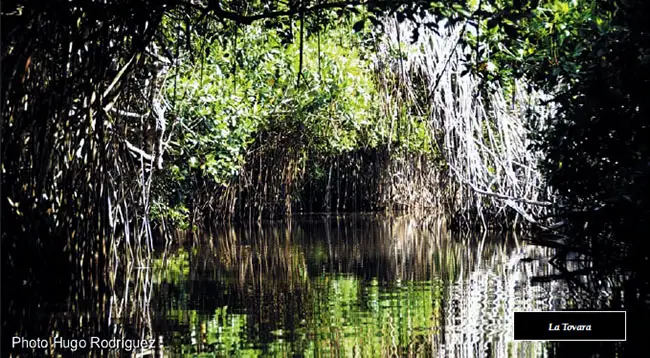
La Tovara
It is a region where thousands of fishermen and agricultural and livestock farmers live. In the center of this lacustrine area lies the enigmatic island of Mexcaltitan, located in the municipality of Santiago Ixcuintla. As per some historians and in accordance with the Boturini Codex, it is very probable, that it was one of the principal starting points of the initial Aztec peregrination.
Hence, Nayarit is known nationally and internationally as the “Cradle of the Mexican people”. In this same northern area, but more towards the high plateau we have the city of Acaponeta with a wealth of cultural riches, also known as the “Athens of Nayarit” or the “City of the Pianos”, by virtue of its cultural tradition, which has distinguished it since the last century. It is therefore not an accident that this city witnessed the birth of the national poet Ali Chumacero. Very close by is Huajicori, a forced step between the coast and the mountain range.
Towards the northeast and southeast, Nayarit turns into mountains and forests with oak, pine and evergreen oak trees. It is there where most of our indigenous brothers live: Coras, Huicholes, Tepehuanos, and Mexicaneros.
It is a magical and religious world that year after year carries out its ritual cycle of celebrations, initiated in January with the “change of the rod”. This is nothing else than the renovation of their traditional government, the major authority of the indigenous tribes. We are obliged to respect it and to work together in unison in order to find solutions to their problems and to promote their growth and development.
Finally, we have the southern region of the state, which for some people is the most nostalgic part of all of Nayarit, thanks to the abundant archaeological and historical vestiges found in this territory. There you will be able to discover a huge amount of historical monuments, old sugar plantations, blue lagoons, haciendas made out of adobe, mines, craftsmen, legends and unequalled hospitality, as is the case in Ixtlan del Rio, Amatlan de Cañas, Xala, Ahuacatlan, Santa Maria de Oro and San Pedro Lagunillas, almost all of which have toponymy of Nahuatl origin. The calm character of its people invites us to have a constant reflection of what we have been, what we are and what we want to be.
Thus is Nayarit. How beautiful is our state!
We hope that this guide which we have put together for the people from Nayarit, from Mexico and for the whole world, maybe a source of information, provoking in us the appreciation of what we ourselves have and to spark an interest in those who wish to get to know and to enjoy the Nayarit that belongs to all.
More information on the State of Nayarit:
Official Tepic, Nayarit Government site
Official Riviera Nayarit site
Last Updated on 22/07/2022 by Puerto Vallarta Net




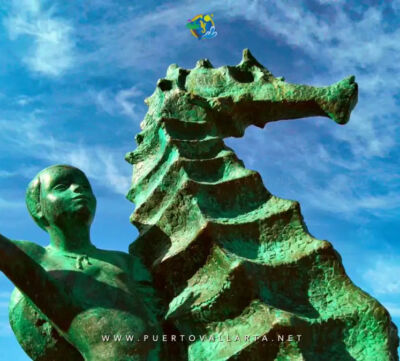


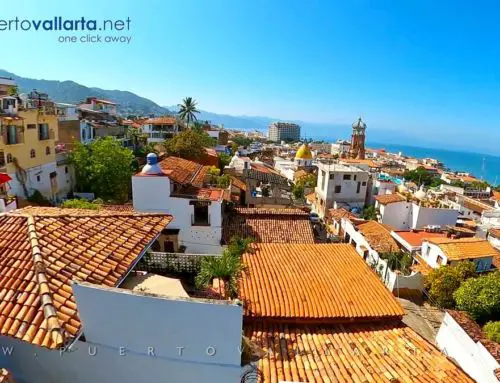


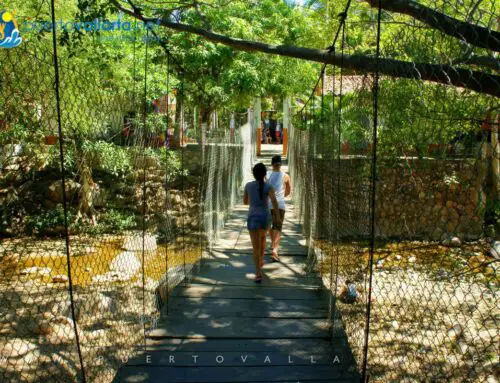
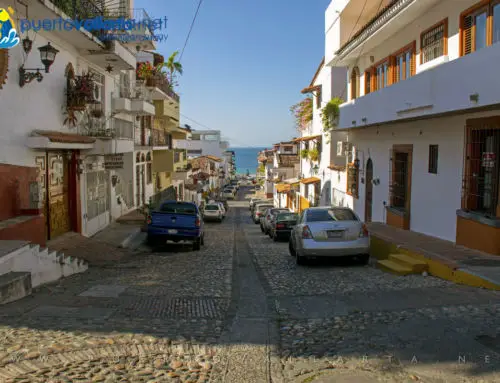
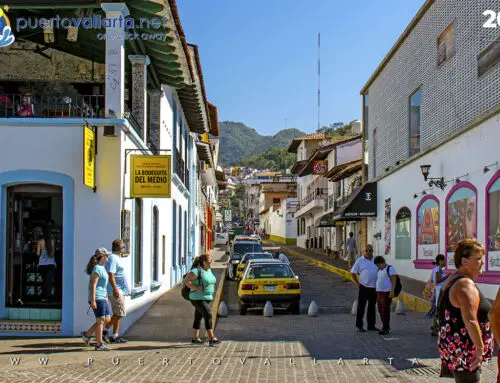
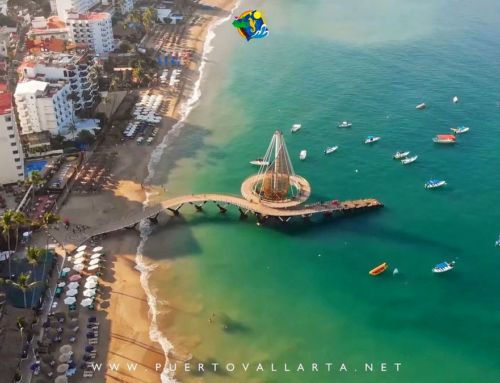
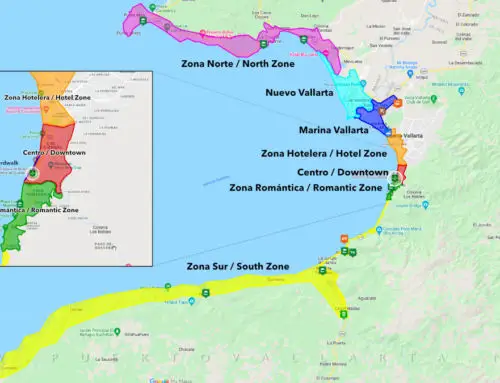
Leave A Comment